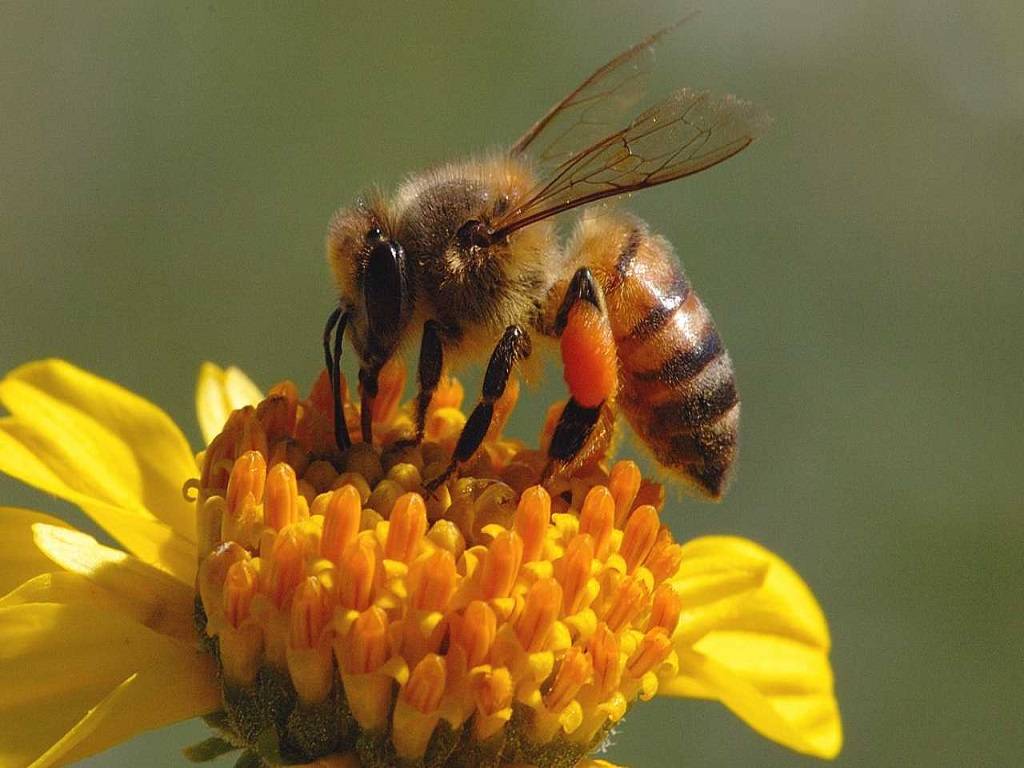
Not every insect is harmful. However, insects that cause harm to others, particularly plants, or animals are known as "pests." Out of nearly one million known insect species, only about one to three percent are ever considered pests. What about the rest of them?
Some insects help us by preventing the spread of pests. Beneficial insects, such as ladybird beetles, lacewing bugs, Syrphid fly larvae, praying mantids, Minute pirate bugs, Aphid midges, Honey bees, Bumble bees, Mason bees, Leafcutter bees, and butterflies, offer natural ecosystem services such as biological control and pollination of plants of pests. Awareness of management techniques bringing the beneficial insects into the crop fields is a method forward to enhance Agriculture ecosystems for growing crop production.
Importance of Beneficial Insect
Our agriculture system very well understands the importance of beneficial insects because the use of broad-spectrum pesticides decreases the diversity of natural enemy populations and increases the likelihood of pest outbreaks. Thus, the development of the agroecosystem appears to be one of the best ways in which we can decrease the use of chemical pesticides for pest and disease control.
Role of Beneficial Insects in Agriculture
Pollinators
Pollinator insects are those flower-visiting insects that rum around flowering plants to obtain food in the form of nectar and pollen.
Flower-visiting insects have the potential to transfer male gametes (contained in pollen) to the female gametes while rummaging around the flowers. Insects like native bees, honeybees, butterflies, and moths can provide this service, helping plants to bear fruit. The Honey bee (Apis mellifera) is responsible for the pollination services in the majority of crops.
Natural Enemies
Those Predators' insects and parasitoids that attack and feed on other insects, particularly on harmful insect pests of plants are considered natural enemies. In agriculture, natural enemies have the potential to prevent crop pests from reaching economically damaging levels. When diverse populations of natural enemies are present, pest control became more effective due to different phenology.
Weed Killers
Many insects feed upon unwanted weeds just the same manner they do with cultivated crops. The occurrence of these beneficial insects has contributed much towards the eradication of weeds.
Soil Builders
Insects that live in the soil make tunnels to improve soil aeration, and create channels for smaller organisms, water, air, and roots to travel through. Earthworm activity can enhance soil nutrient cycle, physical properties of soil, such as soil structure and tilth, and activity of other beneficial soil organisms.
Examples- Beetles, Ants, Cutworms, Larvae of flies, Crickets, Termites, Wasps, etc.
Scavengers
Insects that feed on the dead and decaying matter of plants and animals are called scavengers. Scavengers and decomposers help in the biochemical cycling of nutrients.
Examples: Barken beetle, water scavenger beetle, Termites, Ants, etc.
List of beneficial insects in agriculture
Honey Bee
Honey bees play important role in pollinating oilseed crops. Pollination not only results in higher yields as well as better quality of produce, and the well-organized pollination of flowers also serves to save the crops against pests.
Ladybird Beetles
Ladybugs are also known as lady beetles or ladybird beetles. The ladybird beetles are used to control major insect pests of crops like aphids, whiteflies, scales, mites, mealybugs, and other soft-bodied insects.
Bumble bee
Bumble bees for pollination of various crops which are normally unable to be pollinated by honey bees. The Bumble bee has more benefits than a honey bee. They visit more flower per minute and performs buzz pollination.
Butterfly
Butterflies are attracted to bright flowers and need to feed on nectar as well as pollen. They carry pollen on their body parts to other plants. Papilionoidea is an effective pollinator. This helps fruits, vegetables, and flowers to produce new seeds.











